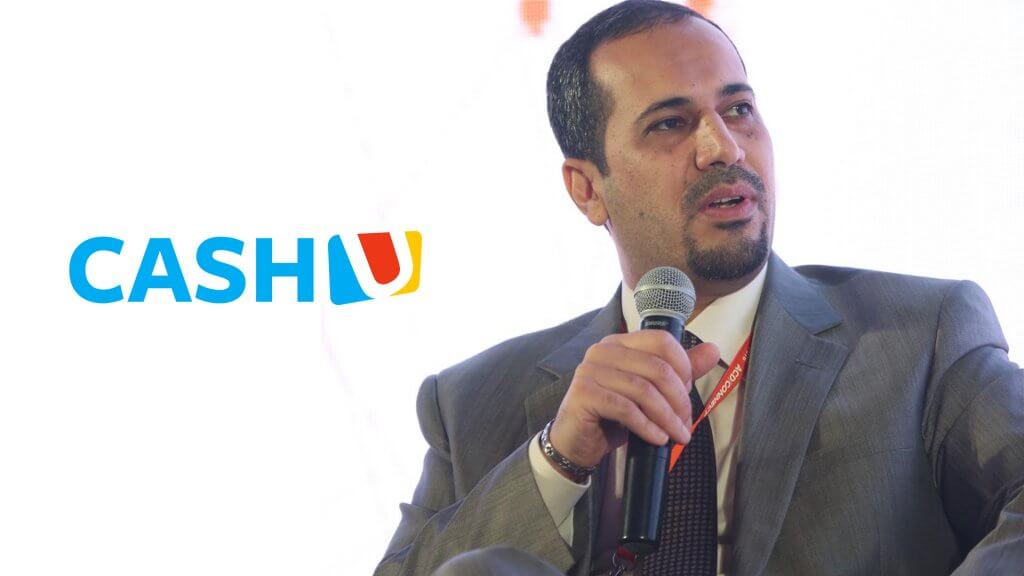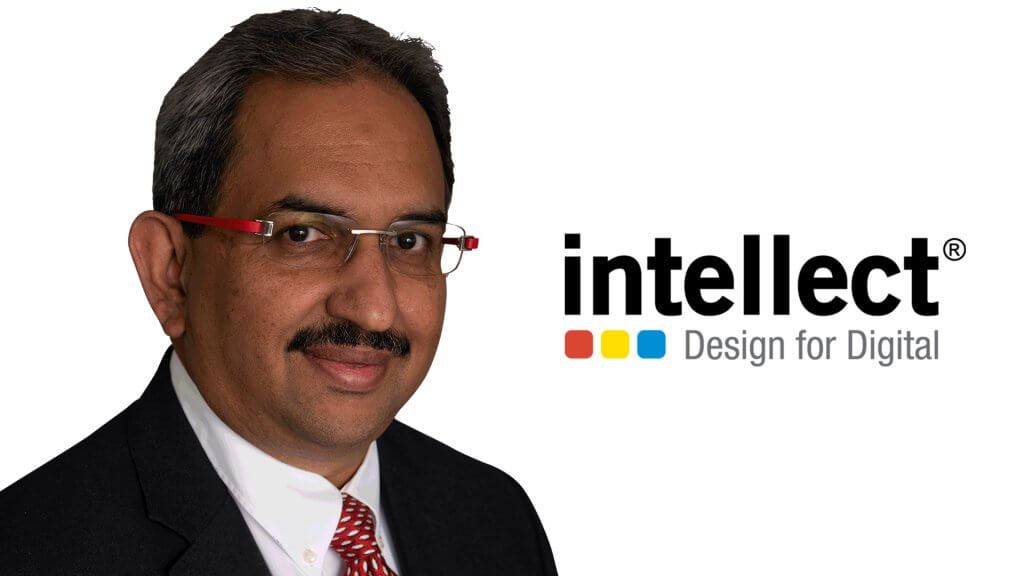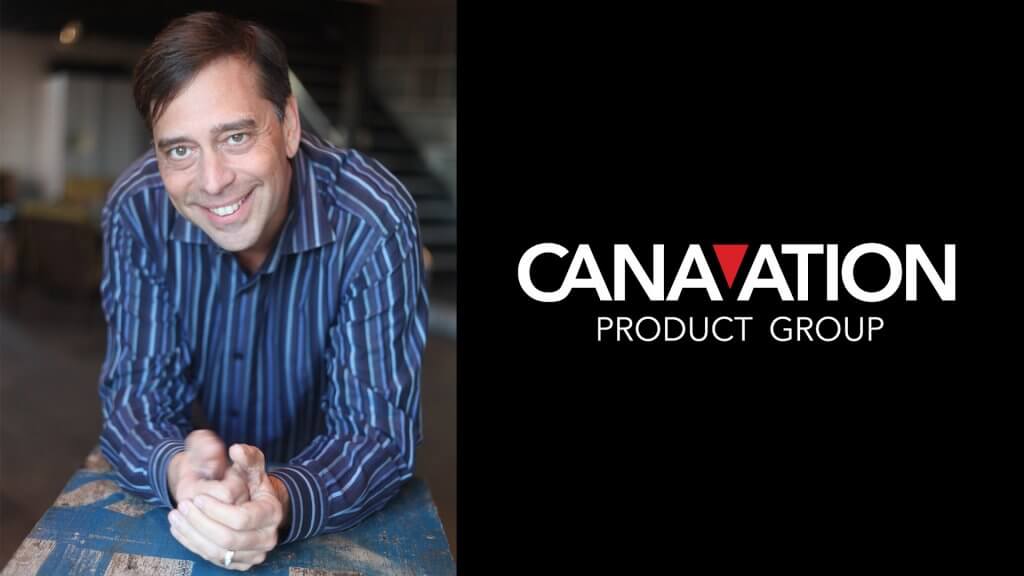Directors of all companies owe duties to their companies; those duties should be front and centre in mind whenever decisions and actions are taken. Understanding the duties, and discharging them satisfactorily, is crucial, not only for the succes...
Explore In-Depth CEO Insights and Articles
Explore our extensive collection of articles featuring the latest insights, trends, and success stories from top business leaders. Stay informed with expert analysis and in-depth content that covers a wide range of topics in leadership and innovation. Browse now to stay ahead in the business world.

Browse Our Latest Articles
Explore the latest articles, featuring expert insights, groundbreaking innovations, and success stories from visionary business leaders. From leadership strategies to industry trends, our articles deliver the knowledge you need to stay informed and inspired. Dive in and stay ahead in the ever-evolving world of business leadership.
Leading any company can come with challenges, but leading the first and largest fintech company in the MENA region can prove to more than challenging. For Mr Thaer Suleiman, fulfilling that role as CEO of CASHU may have proven to have its challeng...
What goes into making the winner of this years’ CEO of the Year? As we take a deep dive into the recipient of this title, Manish Maakan, we also examine the man’s passion, humility, integrity, respect, and fun; five key attributes that have define...
As consumer demand for CBD and cannabinoids continues to grow, a new industry has sprung up, ready to meet the needs of the market. For the team at Canavation Product Group Inc., Bill Barlow has been an inspiring figure who has allowed them to rea...
Overconfident, often male, CEOs are reacting much less to both internal and external feedback, particularly negative assessments, and thus are more likely to lead their businesses to failure, finds new research from Vienna University of Economics ...
Throughout the COVID-19 pandemic, directors of companies across all industry sectors, ranging from small family enterprises to large multinationals, have been working flat out to keep businesses afloat. But as life begins to return to a semblance ...
The study revealed that 17 percent of CEOs are ultimately not suited to their firm, largely thanks to the shortage of leader-type CEOs in the market, with the greatest difference in the supply and demand of this type of CEO in low- and middle- inc...
We all dream of the day when we can run our own business or be the boss that everyone looks up to. If you want to be the kind of person who calls those kinds of shots, you’re not alone. The truth is that almost anyone can make their way to the top...
In the digital age, data is power, and in the executive push to harness meaningful data in corporate decision-making, CEOs are seeking opportunity across the enterprise.
Actor turned entrepreneur turned influential CEO, Joe Sernio has had a journey that many people would find extraordinary. For the last ten years, Mr Sernio has found himself at the head of one of the most exceptional firms offering a unique and op...
Operam Education Group has built an exceptional reputation in the education recruitment sphere through an ethos defined by resilience, dynamism and innovation. Following CEO Monthly’s recognition of CEO Eddie Austin’s significant achievements, we ...
Bernadette Nixon Brings Proven Company-Building and Deep Go-to-Market Experience to High-Growth Search-as-a-Service Leader












